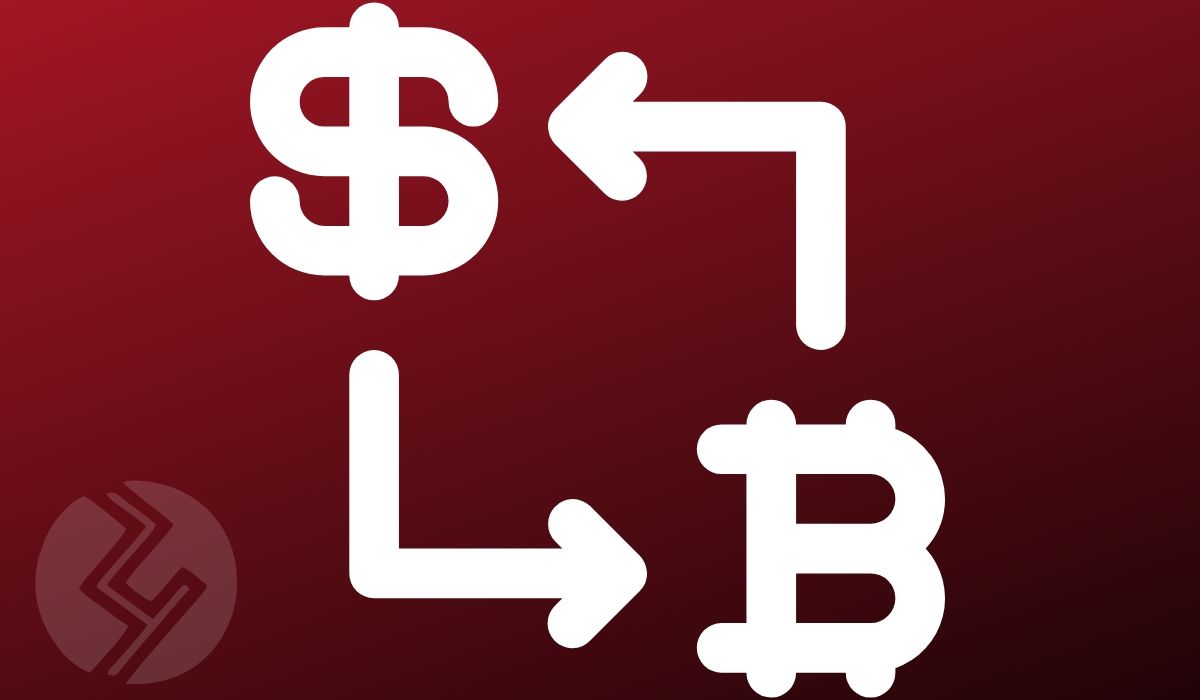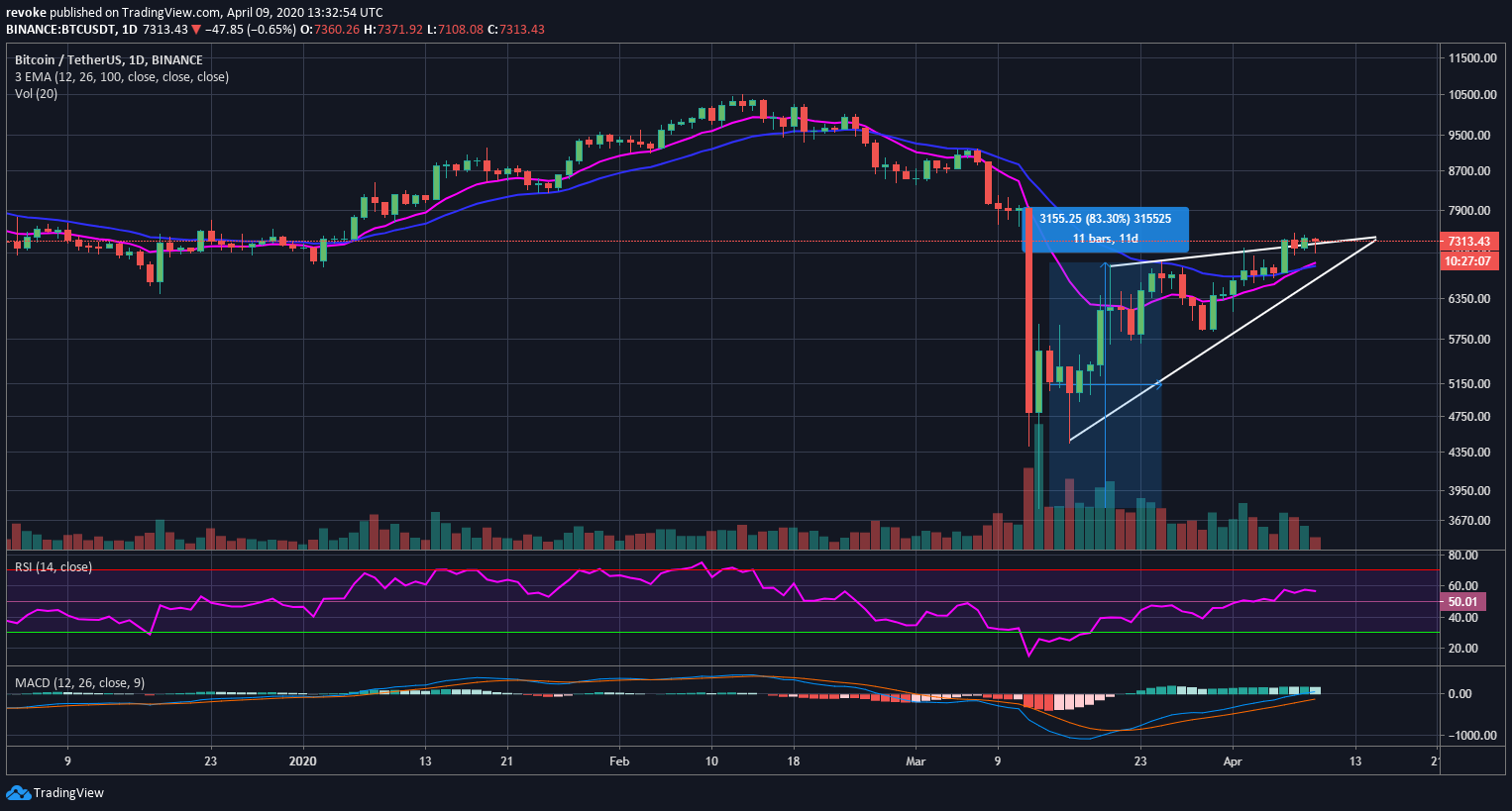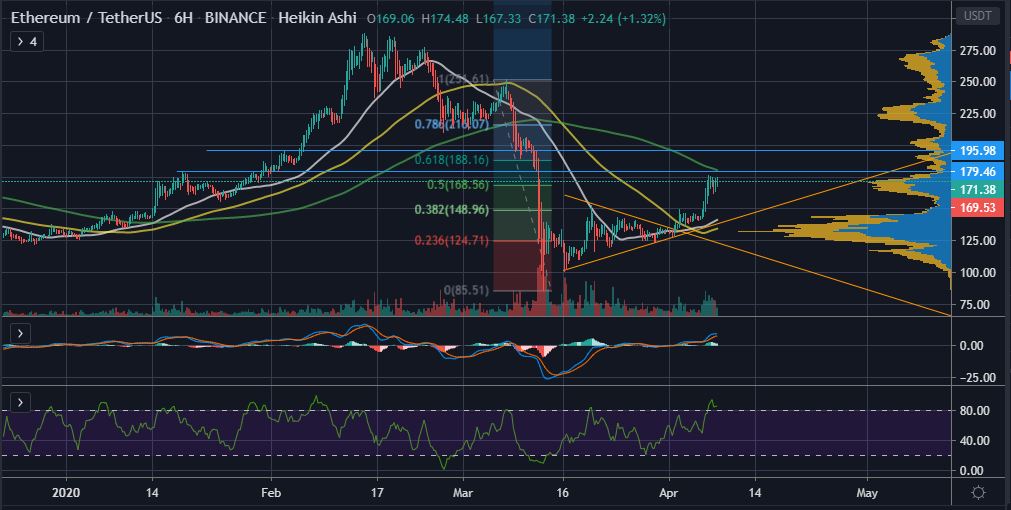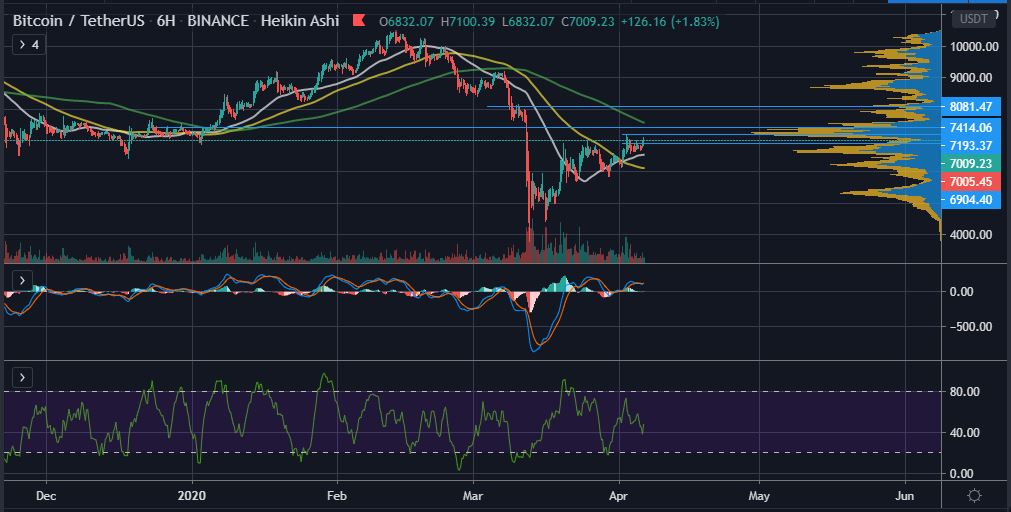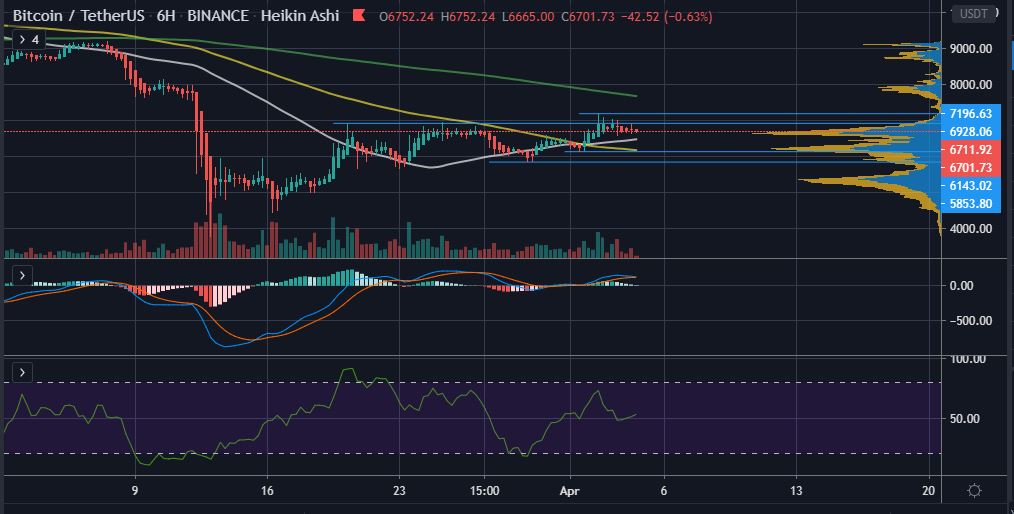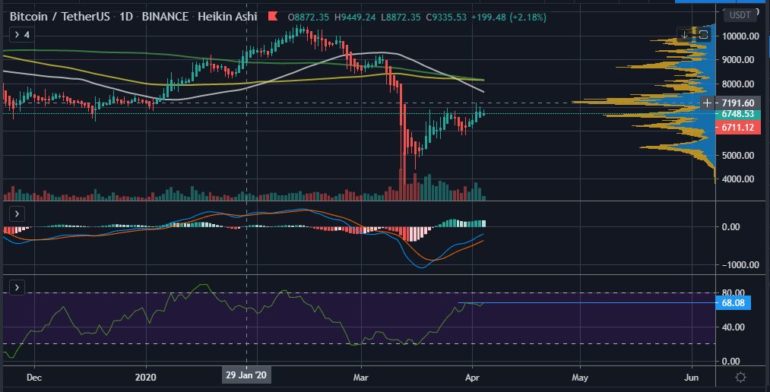Decoding COVID-19 – Some Known Questions, Some Unknown Answers
By RTTNews Staff Writer | Published: 4/4/2020 1:37 AM ET

As the COVID-19 pandemic continues to sweep the globe, researchers, drug companies and world leaders are ramping up the fight against the novel coronavirus. An outbreak of a mysterious pneumonia which was first identified and confined only to the Chinese city of Wuhan, last December, is now a global pandemic, with a death toll nearing 60,000 and an unprecedented economic damage.
1. What is the infectious agent behind the ongoing pandemic?
The COVID-19 pandemic is caused by a virus named SARS-CoV-2 (severe acute respiratory syndrome coronavirus 2). This pathogen belongs to the genera "Coronaviruses", which are single-stranded RNA viruses.
2. Are there other coronaviruses that have infected humans?
Yes. Including the novel SARS-CoV-2, seven coronaviruses have infected humans.
Four coronaviruses, namely HCoV 229E, NL63, OC43, and HKU1 are common in humans and they are associated with mild to moderate upper-respiratory tract illnesses, like the common cold.
Two other coronaviruses – MERS-CoV that causes MERS (Middle East Respiratory Syndrome) and SARS-CoV that causes SARS (Severe Acute Respiratory Syndrome) – are more virulent and have proven fatal in many cases.
The SARS-CoV-2, the causal agent behind the ongoing COVID-19 pandemic, is proving to be deadlier of the lot.
3. What does corona in the name "coronavirus" mean?
First identified in the mid-1960, the viruses were named coronaviruses because of the crown-like spikes on their surfaces when viewed under an electron microscope.
4. What is so novel about this coronavirus SARS-COV-2?
Although all coronaviruses are zoonotic, meaning they originated from animals, mostly bats, the pathogenicity (ability to cause disease) seems to be increasing with each evolving strain.
While the four common human coronaviruses (229E, NL63, OC43, and HKU1) are considered mild pathogens as they cause only common cold, SARS-CoV, the virus implicated in the 2002-2003 SARS epidemic and MERS-CoV, the virus that caused an outbreak of Middle East Respiratory Syndrome in 2012, are considered highly pathogenic.
Even deadlier than SARS-CoV, and MERS-CoV, is SARS-CoV-2, the virus behind the ongoing COVID-19 pandemic.
5. From where did SARS-CoV-2 originate?
As mentioned above, all coronaviruses are zoonotic.
While SARS-CoV originated in bats and was transmitted to people through infected civets, MERS-CoV originated in bats and spread through infected dromedary camels (Arabian camels) to people.
The source of origin of the SARS-CoV-2 has been widely debated, some claiming that it originated in bats, and some suggesting that it is from the scaly, anteater-like animals called pangolins. What is also still not confirmed is through which intermediate host SARS-CoV-2 spread to people.
A recent study in ACS' Journal of Proteome Research suggests that the SARS-CoV-2 could have been transmitted from bats to humans through pangolins.
The Ribonucleic Acid (RNA) of the SARS-CoV-2 has been found to be 80% similar to SARS-CoV and 96% identical to a bat coronavirus. The RNA contains genetic information about the virus.
6. How does the SARS-CoV-2 spread?
The SARS-CoV-2 spreads through sneeze/cough-induced droplets of infected persons. Say, when infected people cough or sneeze without covering their mouth or nose, the virus-laden droplets may fall on persons standing near them and the virus may get into their body through mouth or eyes or nose. Sometimes, people can also contract the virus by touching infected surfaces and unknowingly touch their mouth or eyes or nose with the hand contaminated with the virus.
That's the reason why washing of hands with soaps/sanitizers is recommended.
7. Is the COVID-19 virus airborne?
The World Health Organization says that according to current evidence, the COVID-19 virus is primarily transmitted between people through respiratory droplets and contact routes. In an analysis of 75,465 COVID-19 cases in China, the airborne transmission was not reported. But under certain conditions in hospital settings where procedures that generate aerosols are performed, the airborne transmission may be possible.
Tuberculosis, measles, and chickenpox are examples of airborne transmission of the virus.
Recently, the National Academy of Sciences, quoting certain studies, suggested that the SARS-CoV-2 virus could be spread via bioaerosols generated directly by asymptomatic patients' exhalation, say through normal breathing or speech.
In the light of such findings, it is better to use a face mask when stepping out.
While updating guidelines for slowing the spread of the coronavirus, the CDC recently recommended the use of simple cloth face coverings in public settings where other social distancing measures are difficult to maintain, i.e. in grocery stores and pharmacies. The cloth face coverings recommended are not surgical masks or N-95 respirators as they are critical supplies, reserved for healthcare workers and other medical first responders.
8. How long can SARS-CoV-2 survive outside the body?
SARS-COV-2 needs a living host to survive and multiply. Until it finds a susceptible host, the virus can linger in the air or remain on surfaces for a certain period of time without losing its viability. A study, published in the New England Journal of Medicine suggests that the SARS-COV-2 can survive on plastic and steel surfaces for up to 72 hours, on cardboard for 24 hours and on copper for four hours.
9. What is the death rate for COVID-19?
On March 3, 2020, the WHO announced that globally, about 3.4% of reported COVID-19 cases have died. The seasonal flu generally kills far less than 1% of those infected.
According to experts, it is very difficult to calculate the case fatality rate during a rapidly expanding pandemic.
10. How does the death toll due to COVID-19 compare against SARS and MERS, which are also caused by a coronavirus?
The number of confirmed COVID-19 cases is 1,098,762 and the death toll is 59,172 as of this writing. During the SARS pandemic, there were 8,098 reported cases and 774 deaths. The MERS outbreak, which is still ongoing with sporadic flare-ups, has had 2,519 cases and 866 fatalities.
11. How is coronavirus detected?
Diagnostic tests, done on samples collected as swabs from a person's nose and throat or as sputum, and sometimes on blood collected from them, help to identify if a person is infected with the virus or not. The collected samples are sent to a testing lab where it is processed. Most of the diagnostic tests take 4 hours to come out with the results.
Abbott's ID NOWCOVID-19 rapid test, which was recently rolled out under emergency use, delivers results in as little as 5 minutes.
12. Why is coronavirus infection comparatively lower in Japan?
Despite being densely populated and having a higher percentage of senior citizens, Japan has recorded comparatively fewer COVID-19 cases. Critics say that it is only due to limited testing of people that the exact proportion of infection is not revealed. However, some experts say that the Japanese culture and etiquette like wearing masks or greeting others with a bow instead of shaking hands could be the reason for the slow spread of the pandemic.
The number of confirmed cases in Japan is 2,617, with 63 fatalities, as of this writing. (Source: Worldometer).
13. Can a person who has recovered from COVID-19 be re-infected with SARS-CoV-2?
It is only natural to assume that patients who have recovered from COVID-19 may not contract that virus again, at least not immediately. But there have been instances in some countries, say China and Korea, where patients who seem to have recovered from COVID-19, re-testing positive for the virus after discharge.
Is a re-infection really possible immediately after recovery or does it have anything to do with the quality of the tests? More research is required.
14. Are there any treatments or vaccines for COVID-19?
Currently, there are no treatments or vaccines for COVID-19. A number of companies are racing to find a treatment or vaccine for the same.
Recently, the FDA gave emergency use authorization for Chloroquine and Hydroxychloroquine to be prescribed to adolescent and adult patients hospitalized with COVID-19 as appropriate. Besides malaria, the two drugs are used in the treatment of autoimmune diseases such as rheumatoid arthritis and lupus.
However, the European Medicines Agency has allowed the two drugs only to be used in clinical trials or emergency use programs in the indication of COVIS-19.
In India, the Indian Council of Medical Research's National Task Force has recommended Hydroxychloroquine as a preventive medicine against SARS-CoV-2 infection for high-risk population such as asymptomatic healthcare workers involved in the care of suspected or confirmed cases of COVID-19 and asymptomatic household contacts of laboratory-confirmed cases.
15. What is the latest by which a vaccine for COVID-19 will be available?
Although a number of companies are engaged in the development of a vaccine for COVID-19, leading the pack are Moderna Inc. (MRNA), which began a phase I trial of its vaccine candidate mRNA-1273 in mid-March, and Johnson & Johnson (JNJ), which is planning to advance its experimental vaccine into phase I study by September of this year.
Moderna hopes to have its coronavirus vaccine for emergency use this fall while Johnson & Johnson is aiming to achieve emergency use authorization for its vaccine by early 2021.
For comments and feedback contact: editorial@rttnews.com
Article written by an RTT News Staff Writer, and posted on the RTT News.com website.
Article reposted on Markethive by Jeffrey Sloe

